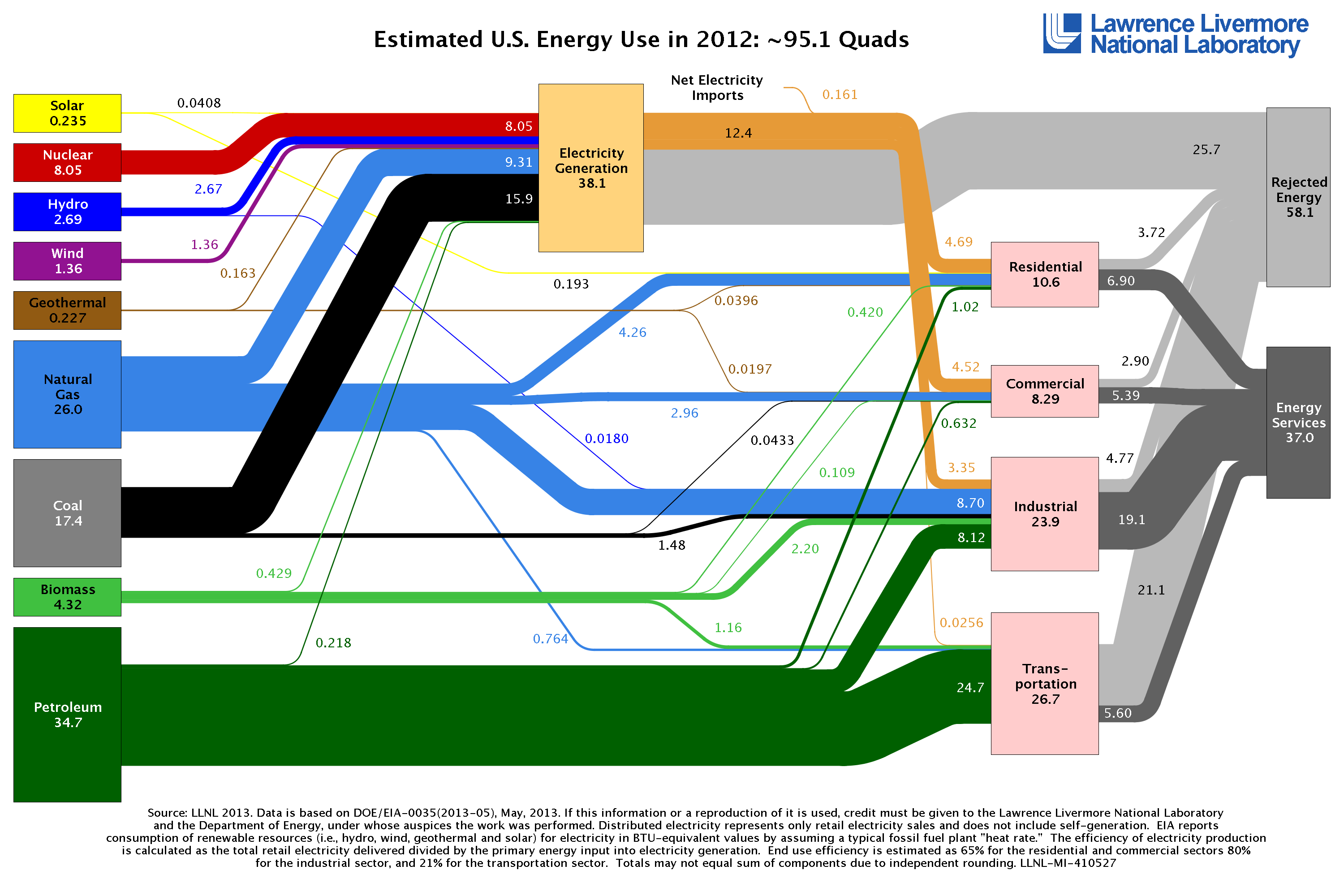A rooftop solar system can generate enough energy to zero out your home electricity bill. But it can also generate enough savings to buy you a new car with free fuel every three years for life.
First, some caveats: our approach won’t work for everyone. If you live in Seattle or other cloudy climates, you probably won’t get enough sun to make this economical. If you rent, or live in an apartment where you can’t install a solar system, we can’t help. And, finally, if you already live in a zero-energy building and ride a bicycle to work, you have our respect (now move along).
For everyone else, there’s a perfect storm brewing — inexpensive solar systems, aggressive incentives from electric vehicle manufacturers, and a plethora of tax credits and rebates — which makes this an excellent time to install a rooftop solar system for powering your home and fueling an electric car.
We’re Not Making This Up…
For the impatient, here’s the punch line: The falling cost of rooftop solar systems (a.k.a. Photovoltaic or “PV systems”), combined with federal, state and local incentives, means that you can easily install a PV system and immediately lower your monthly bill. In addition, if you lease an electric vehicle as your primary commute car and install a slightly larger PV system to charge it, your monthly savings will cover the lease of the electric vehicle.
Rather than pay for everything up-front, you can take out a loan to finance the initial costs. Even factoring in monthly finance charges, your monthly bill may be lower than what you’re paying now.
The Status Quo
For purposes of comparison, let’s assume that our home consumes 940 kWh of electricity each month and electricity costs us $0.1172 per kWh for a total monthly bill of $110.
Let’s also assume that we commute 20 miles to work 21.75 days out of each month in an SUV that only gets 16 mpg and requires premium gas. If a gallon of premium gasoline costs $4.112, then we’re spending $224/month on gasoline. And, like most gasoline powered cars, our SUV requires an annual oil change and service which costs about $120, averaging $10/month.
If electricity rates and gasoline prices don’t change, we’re paying $344 every month.
Pairing A PV System With An Electric Vehicle
Electricity Consumption
We want a PV system that generates enough electricity to zero out our home electricity use and also charge an electric vehicle. From our “status quo” assumptions, we know that our home consumes 940 kWh per month.
How much power does the electric vehicle consume? We’ll specify the Fiat 500e as our electric vehicle of choice — it comes with strong reviews from Consumer Reports, stating that, “With its instant electric power delivery, the 500e feels punchy, smooth and effortless.” It has favorable lease terms and, besides, it’s as cute as a button. The Fiat 500e consumes 0.290 kWh per mile, or 252 kWh in our monthly commute.
So our PV system should be capable of delivering an average of 940 + 252 = 1192 kWh per month.
The National Renewable Energy Laboratory’s PV Watts online system has particularly useful information about solar systems, providing highly accurate solar energy data across the United States. Using the information on the PV Watts site, we see that, if we live in a climate with 4.5 hours of average daily sunlight and assuming a solar inverter efficiency of 77%, we will need solar panels rated to deliver 11.4 kW of DC power.
Cost Assumptions
The cost of PV panels, ancillary equipment and installation has been falling rapidly over the last few seasons — costs vary by region and each installation is has its own challenges. These factors make it hard to accurately ascribe a cost for fully installed systems, but we’re using $3/watt as a basis.
In our case, a PV system—including permits and installation—will cost 11400W * $3/W = $34,200.
As for the electric vehicle, a 36 month / 36000 mile lease on the Fiat 500e is available for $999 down and $199/month.
Financing your PV System
A lot of press has been given to Power Purchase Agreements (PPA) as a way to avoid the high capital cost of installing a PV system. With a PPA, you effectively loan your rooftop to a company who takes on the responsibility for installing and maintaining the PV system, and in returns, sells you electricity for a discount. While PPAs are appropriate for some customers, we recommend financing the system yourself when possible.
Even though interest rates have been rising recently, you can find favorable terms on a Home Equity Line of Credit (HELOC). If you’re not familiar with a HELOC, it is a loan from the bank secured against equity in your home. We’ve recently found HELOCs with APRs below 4.5%.
If a HELOC is not for you, you should also consider Property Assessed Clean Energy (PACE) financing. In effect, it is a loan made by your local government and also secured against your home.
There are many incentives, rebates and credits for PV systems that vary state by state. But, as a minimum, our model assumes that you take advantage of the 30% Federal Tax Credit for the PV system, which knocks the price down to $23,940 from $34,200.
Financing Your Electric Vehicle
We believe that leasing an electric vehicle is a good idea. First, it eliminates any questions about long-term degradation of the batteries — after three years, you simply return the car to the dealer and get a new one. Second, electric vehicle technology is advancing rapidly, so refreshing your car every few years lets you take advantage of the most recent improvements. Finally, car manufacturers appear to be in a bit of a bidding war for leasing rates, so you have several great deals to choose from.
Different states have different rebate programs for electric vehicles. In California, for example, you can get a $2500 rebate on the lease of an electric vehicle, assuming the lease is 36 months or more.
Adding It All Up
If we apply the $2500 rebate to pay the $999 closing costs of the Fiat 500e and apply the balance to paying down the PV system, the final accounting looks like this:
- Apply $999 of the $2500 California rebate to cover the closing costs on the lease of a Fiat 500e.
- Apply the remaining $1501 of the California electric vehicle rebate towards the PV system so the financed amount is $23,940-$1,501 = $22,439.
- Use your HELOC to finance $22,439 for the PV system. If your APR is 4.5% and you pay off the balance over the 20 year lifetime of the system, your monthly payments will be $142.
- The monthly payment on your Fiat 500e will be $199.
Overall, you will pay $341 per month — less than the $344 you pay in the “status quo” scenario.
So let’s take a step back. You’ve stored your SUV in the back of the garage and only take it out for occasional ski trips. Your PV system powers your house and charges your electric vehicle. You’ve financed the cost of the PV system so there are no upfront expenses, and you are leasing an electric vehicle and financing the closing costs for it as well. Despite all this, your monthly payments are now LOWER than before you got your PV system.
That’s great, but it gets better: Every three years, you can go to the car dealership to lease a shiny new electric vehicle. You are 100% insulated against rising electricity and gasoline prices. If you choose to sell your house, your PV system will increase the value of your home, often by enough to completely offset your original cost of the system.
Don’t Take Our Word For It…
We haven’t touched on all the other incentives, rebates and credits available to homeowners who install solar or purchase an electric vehicle. For example, in some states, the cost of your solar system is deducted from your property tax. And electric vehicles are often allowed to travel for free in express lanes on highways.
Does this sound good? We’ve shared a spreadsheet on Google Drive so you can plug in your own numbers. To use it, click on this link to open it, then click on File => Make a copy… to make a copy that you can personalize. The spreadsheet also has links to many sites where you can find additional information about the numbers behind the assumptions for PV systems, EVs and rebates.
We’d welcome your comments and questions.
The author would like to give special thanks to Hilton Dier III of Renewable Energy Design for generously offering his advice and expertise. The author’s brother David suggested “Apollo’s Gift” for the name of the article.

